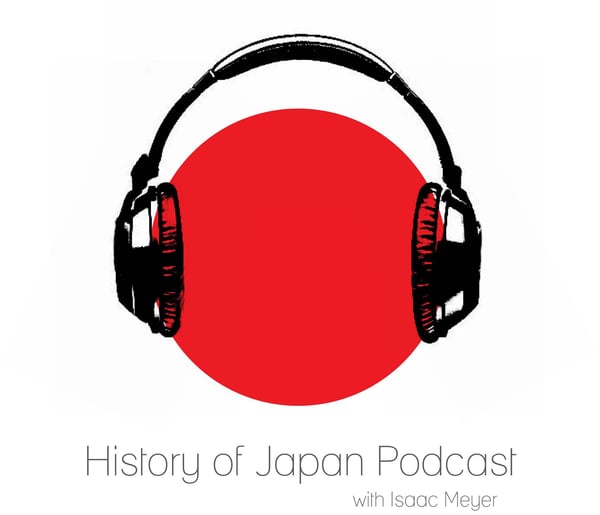Episode 437 - The Fist of the Buddhas, Part 2
History of Japan
Isaac Meyer
4.8 • 744 Ratings
🗓️ 13 May 2022
⏱️ 34 minutes
🧾️ Download transcript
Summary
This week: where does our stock image of the sohei come from, and why does it tell us more about Japan after the age of warrior-monks than anything else?
Show notes here.
Transcript
Click on a timestamp to play from that location
| 0:00.0 | Hello and welcome to the History of Japan podcast, episode 437, Fist of the Buddhas, part two. |
| 0:23.7 | Last week, we talked about the historical reality of warrior monks in Japanese history, |
| 0:28.7 | and the fact that the historical record does not really back up the common image of the |
| 0:33.6 | Solhe, the warrior monk image most people are familiar with. Monastic armies fought, |
| 0:39.6 | yes, but for much the same reason that early samurai families did, for territory, power, and influence. |
| 0:45.8 | And the armies involved were largely non-munks and looked in many ways virtually indistinguishable |
| 0:51.9 | from other armed groups, samurai, bandits, and the like, |
| 0:55.3 | in terms of how they fought. And that raises the question, where does the image of the Solhei, |
| 1:01.3 | the warrior monk, so familiar to anyone who knows about pre-modern Japan, come from? And that's a |
| 1:07.3 | particularly interesting question to ask when you realize that the very word used |
| 1:11.7 | to describe this stock warrior monk image, Solhei, which literally means monk soldier, |
| 1:17.2 | didn't even appear in print sources in Japan until 1715, by which point monasteries even having |
| 1:24.1 | armies was a thing of the remote and distant past. |
| 1:28.2 | To understand how this happened, we first have to talk a bit about how monasteries came to |
| 1:33.4 | lose their armed forces in the first place, so let's pop on back to the 1100s. |
| 1:39.2 | By that time, as we saw last week, armed monastic forces were something of a fixture of the political |
| 1:45.2 | landscape, the example of Shinjitsu and his army based in Nara's Kofukuji, illustrating |
| 1:50.3 | that well. But of course, they were not the only emergent force in Japanese politics |
| 1:55.5 | at that time. Shinjitsu himself was defeated by the combined forces of the Minamoto and Taira samurai families |
| 2:03.3 | during his attempt to forcibly intervene in the succession dispute around Emperor Gosherakawa after all. |
| 2:10.0 | And ultimately, as those familiar with pre-modern Japanese history know well, |
| 2:14.6 | it was the samurai who came to dominate politics. |
... |
Please login to see the full transcript.
Disclaimer: The podcast and artwork embedded on this page are from Isaac Meyer, and are the property of its owner and not affiliated with or endorsed by Tapesearch.
Generated transcripts are the property of Isaac Meyer and are distributed freely under the Fair Use doctrine. Transcripts generated by Tapesearch are not guaranteed to be accurate.
Copyright © Tapesearch 2025.

